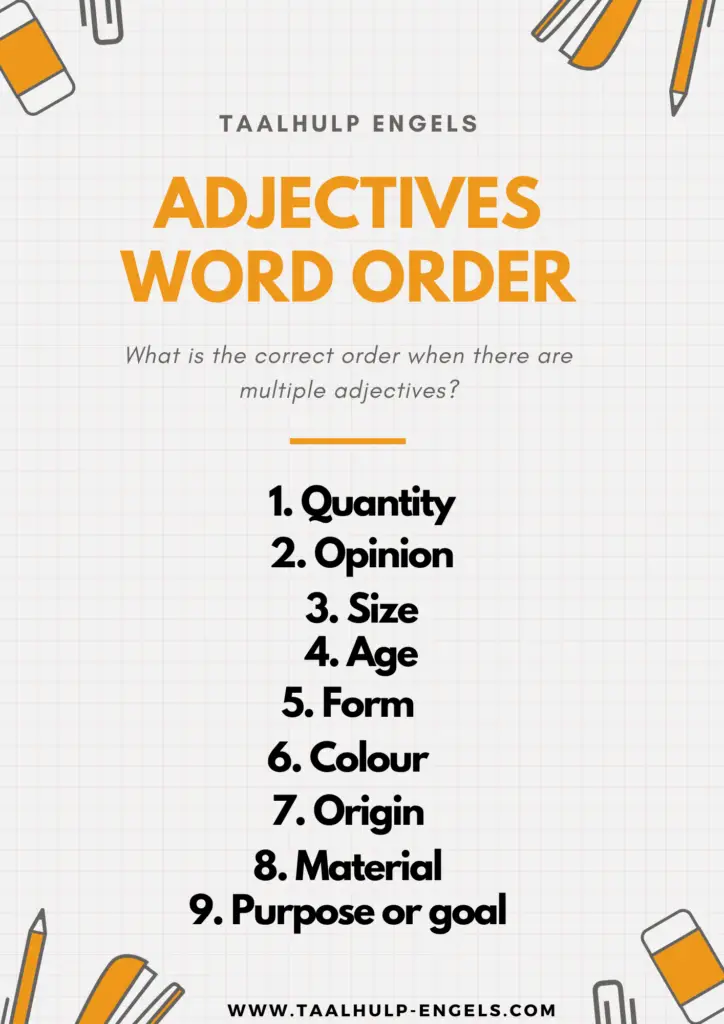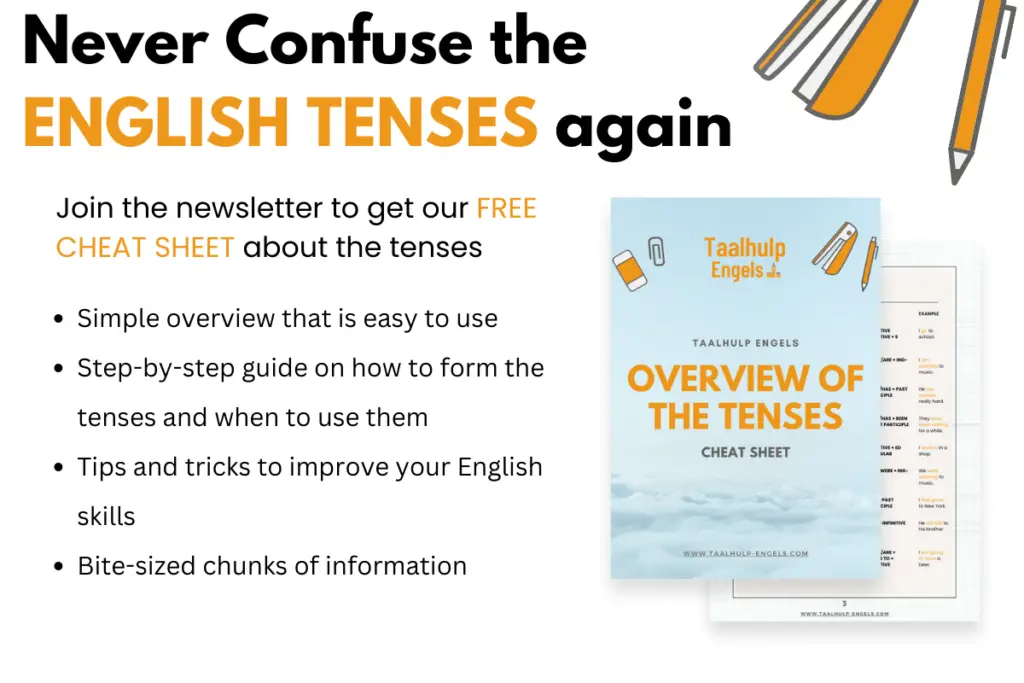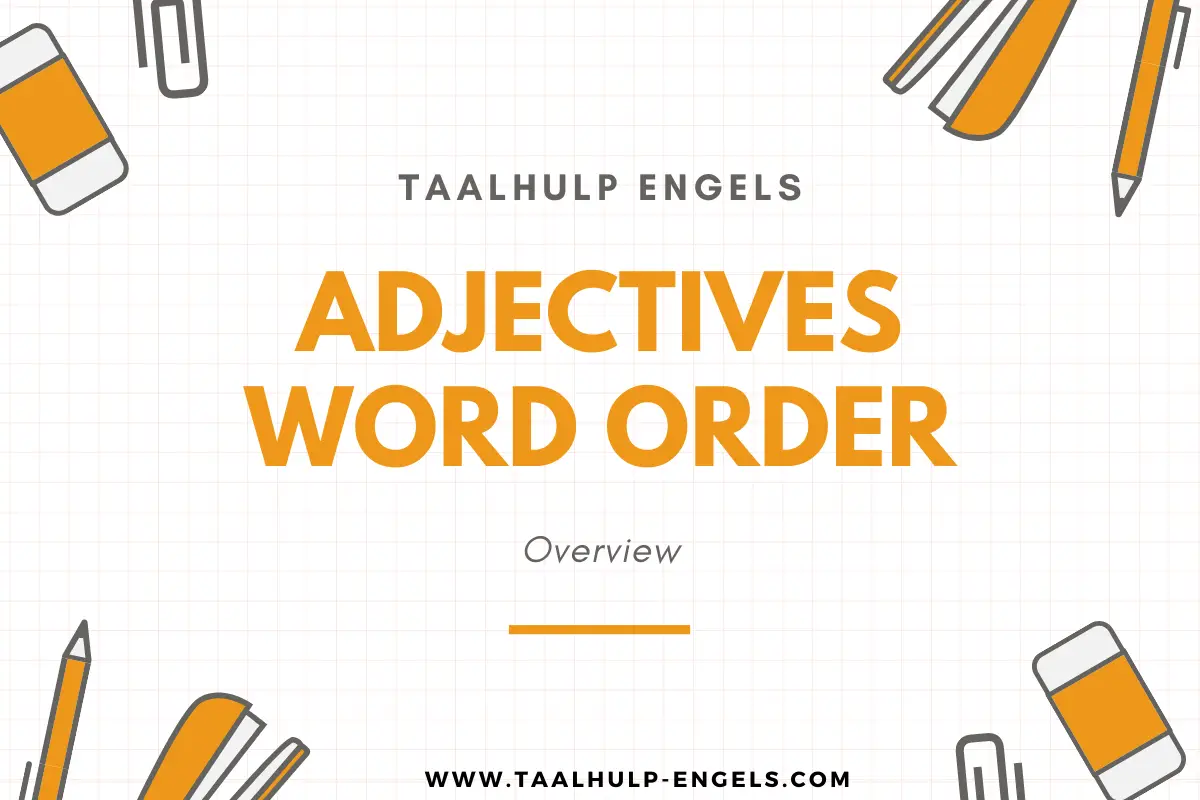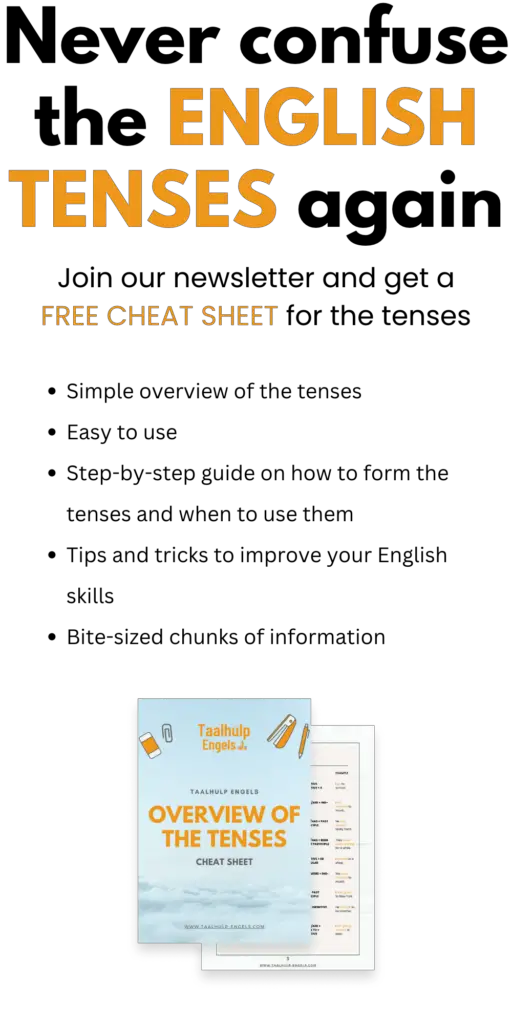Adjectives add a little more colour to any language, but there is a certain word order you have to respect when you are using multiple adjectives to talk about the same noun. You could say, for example, that you have a big brown book. ‘Big’ and ‘brown’ are two adjectives and you need to put them in the correct order.
On this page, you have a detailed overview of the word order you need to respect when you are using more than one adjective to talk about the same noun and there are also some examples.

Adjectives word order
When you have multiple adjectives to talk about the same noun, there is a word order you need to respect:
- Quantity
- Opinion
- Size
- Age
- Form
- Colour
- Origin
- Material
- Purpose or goal
You put adjectives that express quantity before adjectives that express an opinion, for example.

Adjectives about quantity
If you have multiple adjectives for the same noun, you put adjectives about quantity before all other adjectives. If the adjective is an answer to a question with ‘how much/many’, it’s usually an adjective about quantity.
Some examples that show adjectives about quantity need to be placed before other adjectives.
| two yellow balls |
| five thin books |
| many self-driving cars |
Adjectives that express an opinion
Adjectives that express an opinion are placed before adjectives of size. These adjectives are used to show what you think about something or someone. You could like something or find someone boring, for example.
| two delicious apples |
| several funny stories |
| two boring books |
Adjectives about size
Adjectives express size when they describe if something is big, small, thin, thick, or long. These adjectives need to be placed after adjectives of opinion.
| a boring thin book |
| an ugly long branch |
| a delicious large pie |
Adjectives about age
Adjectives about age are placed after adjectives about size. This is the traditional rule, but in some cases, it’s possible to put adjectives of age before adjectives of opinion. Adjectives that describe age can be about a specific age or a more general description such as old or young.
| a thin old book |
| a big fresh pie |
| a small 16-year-old girl |
According to the rules, you say:
| an ugly old house |
In daily conversations, a lot of people say:
| an old ugly house |
Adjectives about form
All adjectives that give more information about the form of something or someone are placed after adjectives of age. Adjectives of form can be specific or more general.
| an old round ball |
| an old narrow mountain pass |
| a young fluffy dog |
Adjectives that describe colour
If you want to describe the colour of a noun, you put this adjective after the adjectives mentioned above.
| an old green bag |
| an ugly yellow sweater |
| a wide blue car |
Adjectives about origin
These adjectives express the origin of something or someone. Usually, these words are about ethnicity or religion. They are placed after adjectives that describe colour.
| a white Chinese vase |
| a yellow Egyptian map |
| a grey Christian church |
Adjectives about the material something or someone is made of
These adjectives give more information about the material or fabric someone or something is made of. They are placed right after adjectives of origin.
| an Egyptian silk rug |
| a Chinese wooden cupboard |
| a Christan stone church |
Adjectives that describe the goal or purpose
This is a rather limited group of adjectives, but they do exist. These adjectives are put last; so right before the noun.
| a new self-driving car |
| a red folding bike |




